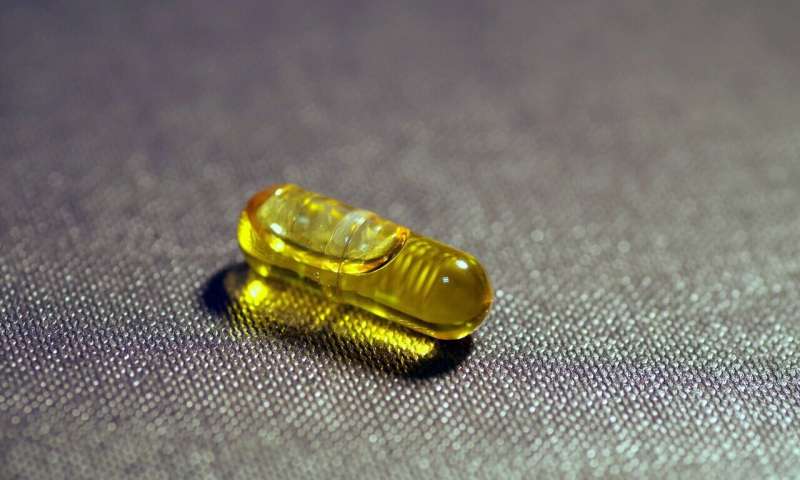Study finds low vitamin D levels in young people of color

Results from a University of Houston College of Nursing study indicate that 61% of otherwise healthy Black and Hispanic adolescents have low vitamin D levels, that drop even lower with age. The research fills a knowledge gap on groups of people who suffer from vitamin D deficiency.
"Black and Hispanic populations have a markedly high prevalence of vitamin D deficiency and higher incidence and worse outcomes for cardiovascular disease, certain cancers, type 2 diabetes and renal disease, all of which have been linked to vitamin D levels," reports Shainy Varghese, associate professor of nursing at the UH College of Nursing, in the Journal of Pediatric Health Care. Her team examined the records of 119 ethnically diverse adolescents aged 12–18 from a suburban clinic in Southeast Texas.
The benefits of vitamin D cannot be understated. It is reported to have great impacts on strengthening the immune system, preventing certain cancers, boosting your mood, lowering the risk of type 2 diabetes and more. Research also finds that among patients who are positive for COVID-19, those with low vitamin D had more severe respiratory symptoms than those with normal levels of vitamin D.
"This paper calls attention to the need to raise awareness among clinicians regarding social determinants of health and culturally sensitive dietary practices to improve vitamin D levels and prevent long-term complications," she added.
Social determinants of health include economic stability, education and health care access, neighborhood and built environment, and social and community context—all of which are likely to impact vitamin D levels, especially among communities of color because food insecurity and lack of access to health care and health education constitute barriers to healthy nutrition.
Vitamin D can is often called the "sunshine vitamin" because the body naturally produces it in response to sunshine, but absorption is more challenging for people with darker skin tones. Melanin absorbs and blocks UV light from reaching the cells that produce vitamin D.
It can also be ingested when eating certain foods like salmon, trout, tuna, eggs and dairy products that are fortified with it. But, according to the report, as children grow older and have more autonomy, their choice of sugar-sweetened beverages may replace milk consumption, lowering their vitamin D levels further.
Varghese's team includes Julia Benoit, research assistant professor of optometry at the UH College of Optometry and Teresa McIntyre, research professor in the UH College of Nursing.
"Nurses are many times the first health care provider an adolescent may encounter, like school nurses. This study can help nurses and health care providers assess the need adolescents may have for vitamin D supplements," said Kathryn Tart, founding dean of the UH College of Nursing and Humana Endowed Dean's Chair in Nursing.
"We understand vitamin D levels are low across the board—seven out of ten U.S. children have low levels, raising their risk for various acute and chronic diseases," said Varghese. "But the relationship of ethnic diversity and vitamin D levels is understudied and limited in adolescents."
"Knowledge and understanding of the prevalence of low vitamin D levels, underlying features, and risk of low vitamin D levels among different ethnic groups are essential for primary care providers who must identify at-risk populations starting at a young age," said Varghese, who recommends adding a standardized instrument to well-child checks/annual physicals to screen the dietary habits and identify nutritional deficits to tailor dietary recommendations based on the findings.
More information: B. Varghese et al, Vitamin D Levels in Ethnic Minority Adolescents in Primary Care, Journal of Pediatric Health Care (2022). DOI: 10.1016/j.pedhc.2022.05.002



















